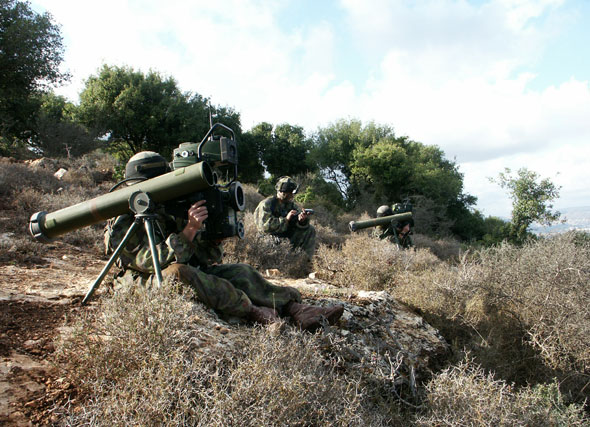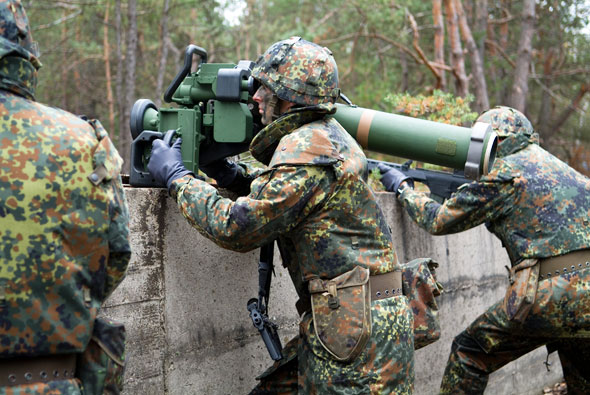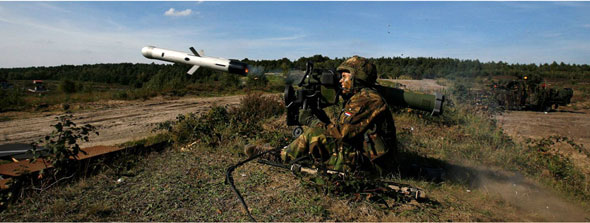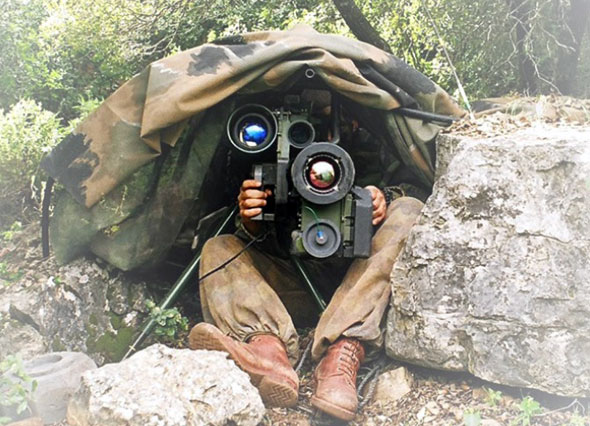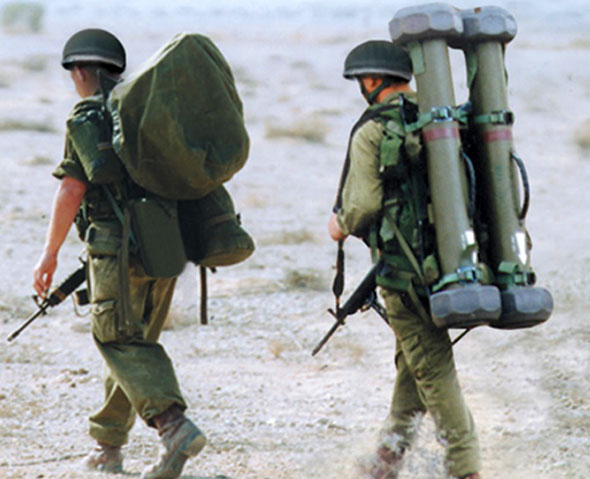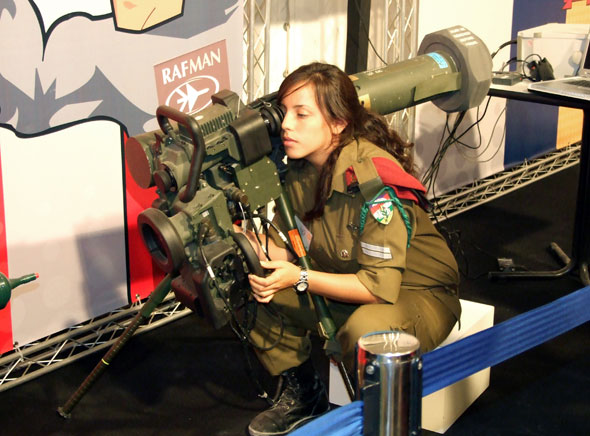INDIAN ARMED FORCES CHIEFS ON OUR RELENTLESS AND FOCUSED PUBLISHING EFFORTS

The insightful articles, inspiring narrations and analytical perspectives presented by the Editorial Team, establish an alluring connect with the reader. My compliments and best wishes to SP Guide Publications.

"Over the past 60 years, the growth of SP Guide Publications has mirrored the rising stature of Indian Navy. Its well-researched and informative magazines on Defence and Aerospace sector have served to shape an educated opinion of our military personnel, policy makers and the public alike. I wish SP's Publication team continued success, fair winds and following seas in all future endeavour!"

Since, its inception in 1964, SP Guide Publications has consistently demonstrated commitment to high-quality journalism in the aerospace and defence sectors, earning a well-deserved reputation as Asia's largest media house in this domain. I wish SP Guide Publications continued success in its pursuit of excellence.
- Indian Air Force Aims for Full Indigenous Inventory by 2047 — Air Chief Marshal A.P. Singh
- General Upendra Dwivedi takes over as the Chief of the Army Staff
- Rajnath Singh assumes charge as Defence Minister for the second consecutive term
- Admiral Dinesh K. Tripathi assumes Command of the Indian Navy as 26th Chief of the Naval Staff
- Prime Minister witnesses 'Bharat Shakti' – a Tri-Services Firing and Manoeuvre Exercise in Pokhran, Rajasthan
India to sign $525 million deal for Israeli SPIKE System
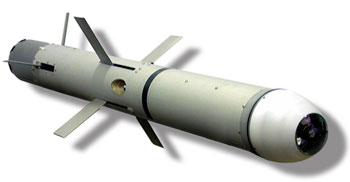
Ending a procurement effort that has meandered for years, India will shortly sign a $525 million deal with Israel's Rafael Advanced Defense Systems Ltd. to procure 8,300 SPIKE MR missiles and over 300 launchers. The Spike MR is a lightweight 3rd generation, man-portable missile system, specially designed for medium-range anti-tank operations, urban warfare, traditional warfare, ground support and special missions. The weapon system operates in fire & forget mode for autonomous & medium range target engagement of up to 2.5 km. According to Rafael, "Its Fire and Forget operational mode guarantees maximum gunner survivability and high hit probability. The Spike-MR has an optional Fire, Observe and Update mode of operation for the modern, multi-faceted battle." According to official NATO literature on the SPIKE, "The missiles in this family have sophisticated electro-optic CCD or IR sensors for operation day and night and in adverse weather conditions coupled with a tandem warhead. Their lofted trajectories enable the warhead to hit the target at its most vulnerable part with pinpoint precision. Sporting a shelf life of 20 years, the missile in its cannister weighs 13 kg, the firing post weighs 9 kg, the battery 1 kg and the tripod 3 kg, making the overall system weigh 25 kg. Rafael says the Spike system also boasts of high survivability, pinpoint accuracy, operational flexibility, and importantly for the Indian Army, low ownership cost.
For the infantry and special forces units, the green signal for the deal is massive relief. In the huge list of items required for the infantry battalions, new generation anti-tank guided missiles had prominence of place alongside sniper rifles and assault rifles. However, the purchase of the Spike does not cover India's total requirement, which will run into many thousands of more missiles and launchers, including possibly the extended range variants of the Spike. It is also not clear if the Spike deal means that the next lot of missiles will be another competitive bid -- similarly protracted to the one that has just ended in a decision.
